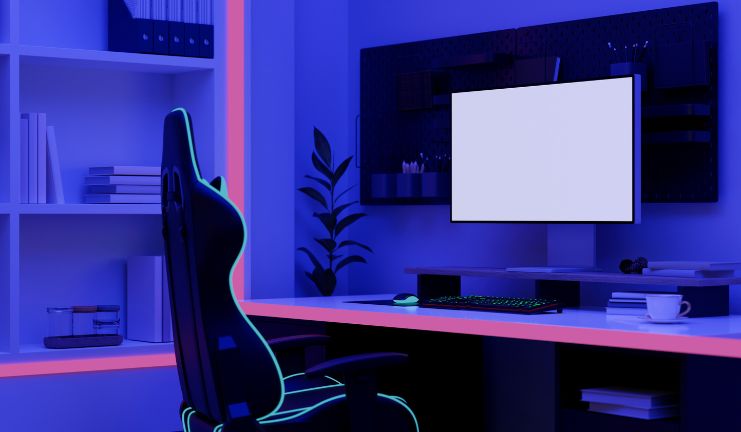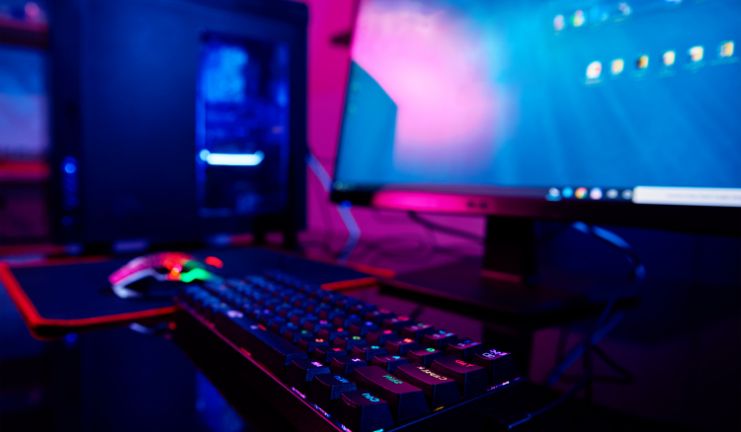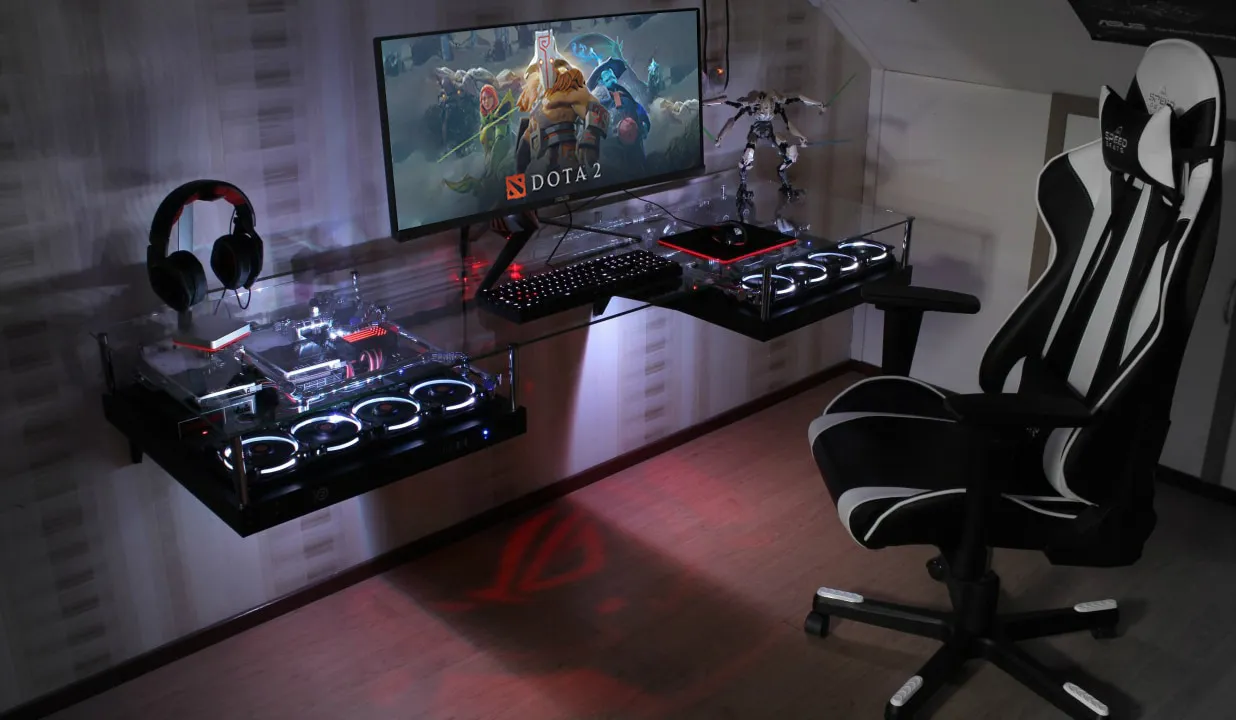I’ve often found myself in situations where I needed to quickly switch from my game to other tasks on my computer. Whether it’s responding to an urgent message, checking an email, or simply taking a brief break, the ability to minimize games efficiently is crucial.
Now, I want to share the various methods and shortcuts that I’ve learned to minimize games on a PC. These techniques have made my experience much more pleasant, enhancing my gaming sessions by providing the flexibility to switch between tasks without any hassle.
Methods to Minimize Games:
- Alt + Tab
- Alt + Esc
- Alt + Enter
- Windows Key
- Windows + M
- Windows + D
- Windows + G
- Windows + Down Arrow
- Ctrl + Alt + Del
- Ctrl + Shift + Esc
Methods to Minimize Games
Fortunately, there are numerous ways you can minimize games on a desktop PC. Let me show you different methods.
Alt + Tab
Alt + Tab is the quintessential shortcut for game minimization. When you press these two, it brings up a visual interface showing all open applications. By holding Alt and tapping Tab, you can cycle through these applications. This method is ideal for quickly switching between your game and other tasks, making it a staple in game optimization strategies.
Alt + Esc
Similar to Alt + Tab but with a subtle difference, Alt + Esc allows you to cycle through open applications in the order they were opened. It’s a more streamlined method to minimize PC games, especially when you have multiple programs running and need to switch to the next one immediately.
Alt + Enter
Another shortcut, Alt + Enter, is particularly useful for toggling between full-screen and windowed modes in games. While in windowed mode, it becomes easier to minimize the game using standard window controls. However, its effectiveness varies across different games, making it a situational choice for game minimization.
Windows Key
Pressing the Windows key is a straightforward way to access the Start menu and taskbar, effectively minimizing the game in the process. It’s a quick and easy method, especially for games that respond well to this command.
Windows + M
Windows + M combination instantly minimizes all open windows, including games. It’s a powerful tool for quickly clearing the screen and focusing on the desktop, making it a valuable part of any game optimization toolkit.
Windows + D
Similar to Windows + M, this shortcut minimizes all windows. The added advantage is its toggle feature; pressing it again restores all minimized windows, including your game, back to their original state.
Windows + G
Windows + G brings up the Game Bar, a feature in Windows that offers various gaming-related functionalities, including the ability to minimize games. It’s particularly useful for gamers who use the Game Bar for recording or streaming.
Windows + Down Arrow
Windows + Down Arrow first resizes the active window and then minimizes it upon a second press. It’s effective for games running in borderless or windowed mode and is a subtle way to manage your gaming screen.
Ctrl + Alt + Del
Known as the “three-finger salute,” this command brings up a screen with several options, including the Task Manager. From here, you can manage running applications and minimize your game indirectly.
Ctrl + Shift + Esc
A direct way to open the Task Manager, this shortcut bypasses the interrupt screen and allows you to manage your applications, including minimizing games, more efficiently.
Setting the Game in Windowed Mode

Playing games in windowed mode offers a significant advantage in game minimization. In this mode, games appear in a resizable window, complete with standard minimize, maximize, and close buttons, akin to any other application.
This setup is particularly beneficial for multitasking, as it allows you to quickly reduce the game screen and attend to other tasks without fully exiting the game. Most modern games come with an option to switch to windowed mode within their settings.
This can usually be found under the display or graphics options. For older games that lack this feature, community-created mods or third-party software can often provide a workaround.
It’s important to note that playing in windowed mode might impact game performance or immersion, so it should be used according to individual preferences and system capabilities.
Additional Tips and Considerations

While the methods I’ve outlined are highly effective for game minimization, it’s important to remember that their compatibility and efficiency can vary greatly depending on the specific game and your PC’s configuration. This variability means that a one-size-fits-all approach doesn’t always work in PC gaming.
Therefore, it’s essential to experiment with these methods to discover the one that works best for your unique setup. For instance, some games respond better to certain keyboard shortcuts than others, and understanding these nuances can significantly enhance your gaming experience.
Another key aspect to consider is that some games may have unique key bindings or settings that override the standard shortcuts used for minimizing. This is particularly common in games that offer a high degree of customization.
It’s always worth going into the game’s options and settings to check for any custom configurations that might affect how you minimize the game. Sometimes, you might even find an in-game setting specifically designed for minimizing that works more efficiently than the general methods.
When it comes to restoring games to their original state, especially after using shortcuts like Windows + D or Windows + M, it’s crucial to be mindful of how the game reacts. Some games might encounter errors or glitches upon being maximized again.
This is often due to the way certain games handle alt-tabbing or sudden minimization. To mitigate this, give the game a few seconds to readjust to full-screen mode upon restoration. This pause can help the game reload its resources correctly and prevent any potential crashes or performance issues.
FAQs

How do I minimize an app?
To minimize an app, simply click the minimize button, usually represented by a dash or underscore (_) at the top right corner of the app window. Alternatively, you can use the keyboard shortcut Windows Key + Down Arrow if the app is currently in focus.
How do I exit full screen on Steam?
To exit full screen on Steam, you can press Alt + Enter. This keyboard shortcut toggles between full screen and windowed mode in most applications, including Steam.
How do I exit Steam instead of minimize?
To exit Steam instead of minimizing it, click on the ‘Steam’ menu in the upper left corner of the Steam client, and then select ‘Exit’ or ‘Quit Steam’ from the dropdown menu. This will completely close the Steam application rather than just minimizing it to the system tray.
How to full screen Windows 10 without F11?
To enter full screen in Windows 10 without using the F11 key, you can use the following method: Open the application you want to go full screen with, then click on the three dots or lines (often called the ‘hamburger menu’) at the top-right corner of the window, and select the ‘Full Screen’ option, usually represented by an icon with two diagonal arrows.
Final Reflections
The methods and shortcuts I’ve shared are ones that I’ve personally found effective in various gaming scenarios. They’ve allowed me to maintain a balance between gaming and my other computer tasks, making my overall PC experience more efficient and enjoyable.
If you want to read more interesting subjects on our website, you can visit the following:
- 6 Best White Mechanical Keyboards 2024
- 10 Best Budget Mechanical Keyboards for 2024: Perfect Touch
- How Long Does Mechanical Keyboard Last: From Clicks to Years
- How to Remove Mechanical Keyboard Keys: Ensuring Precision

